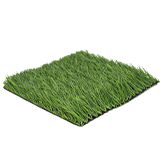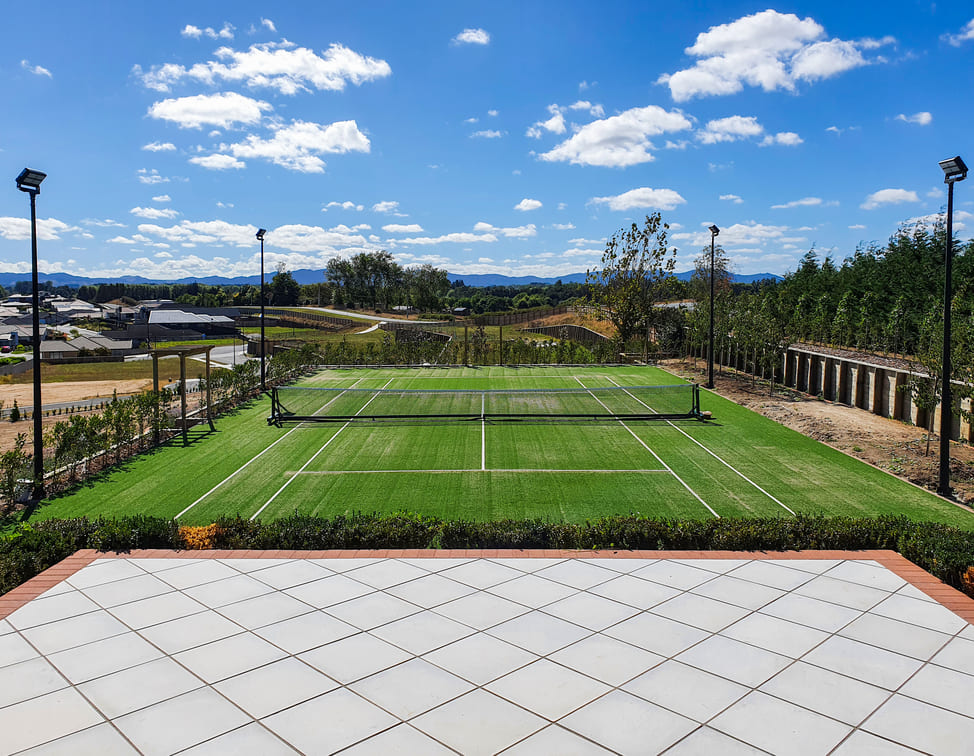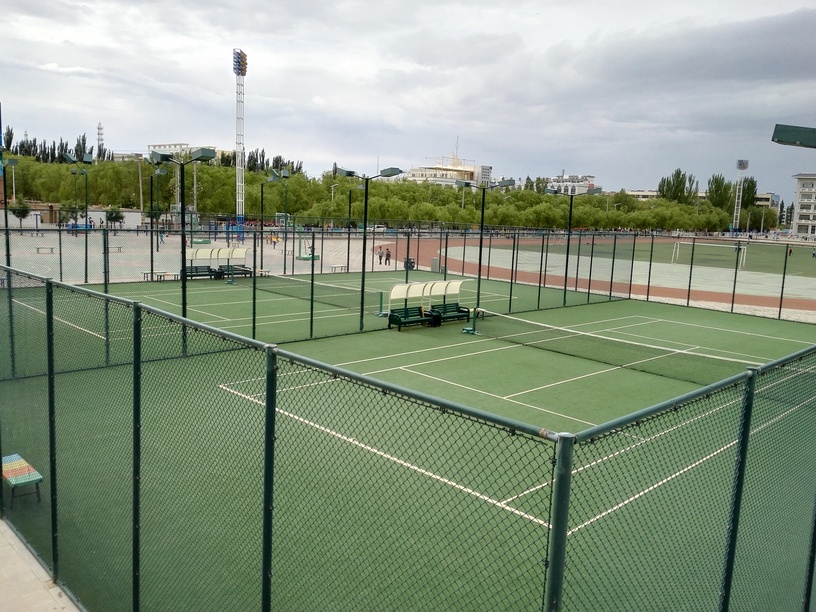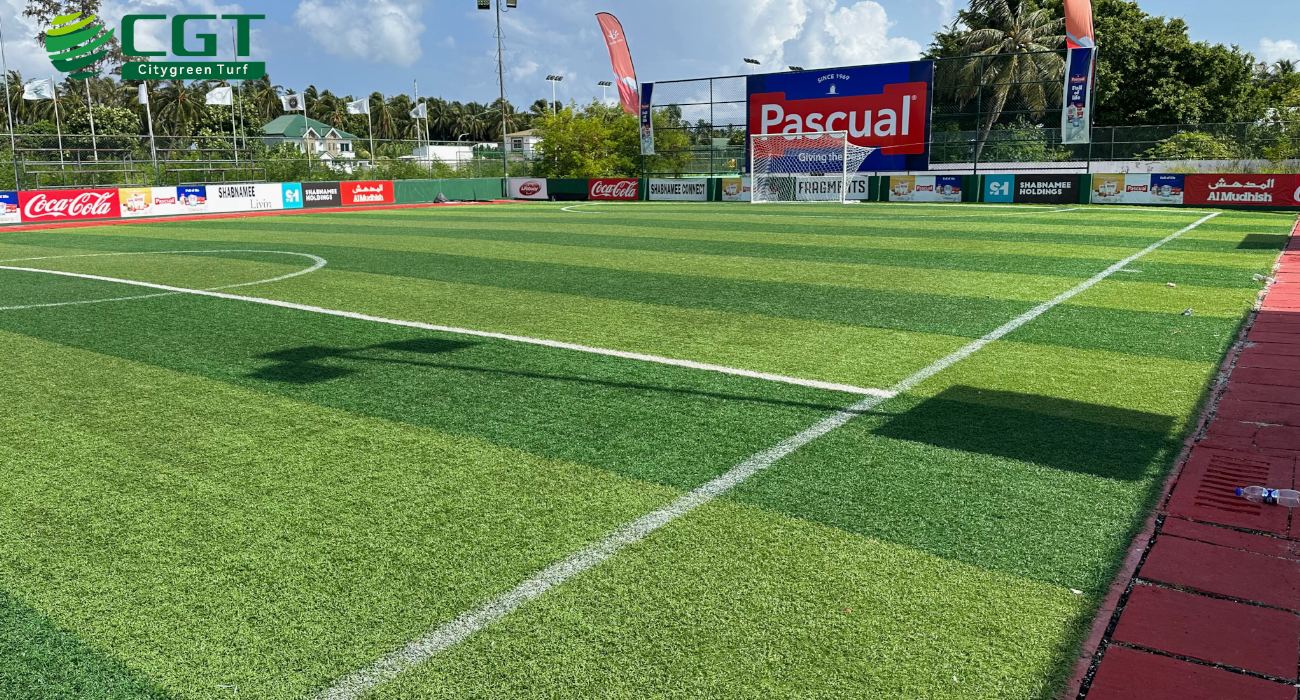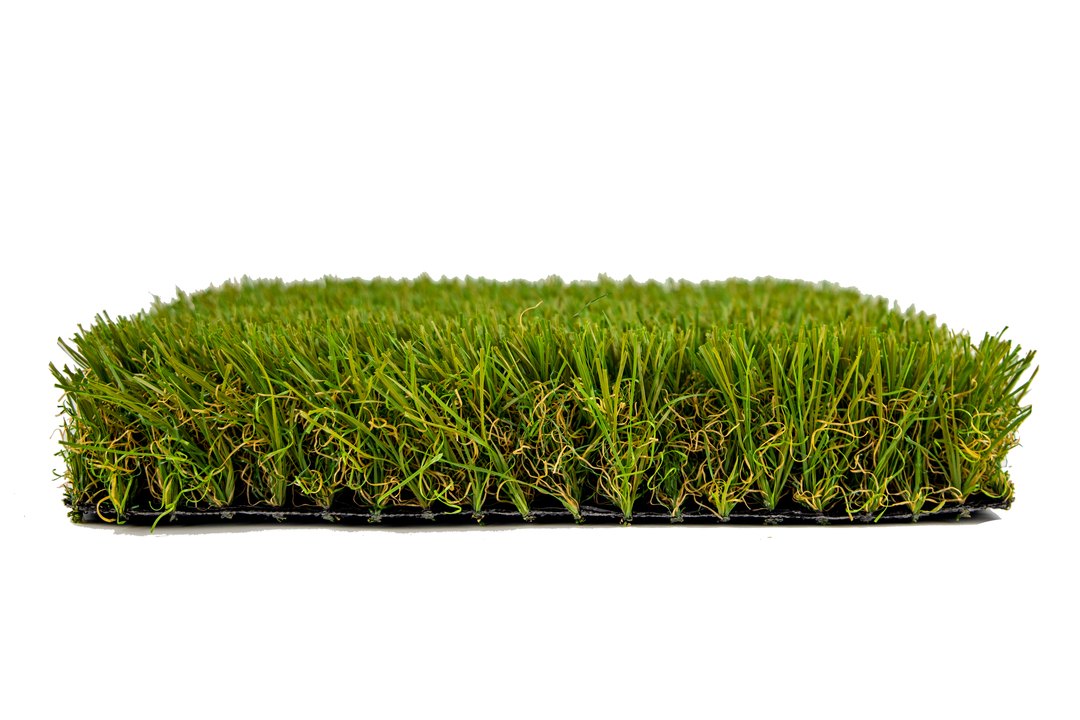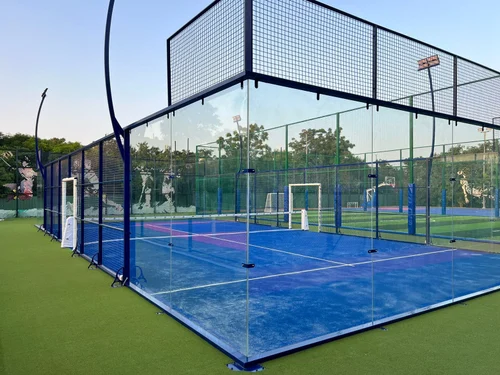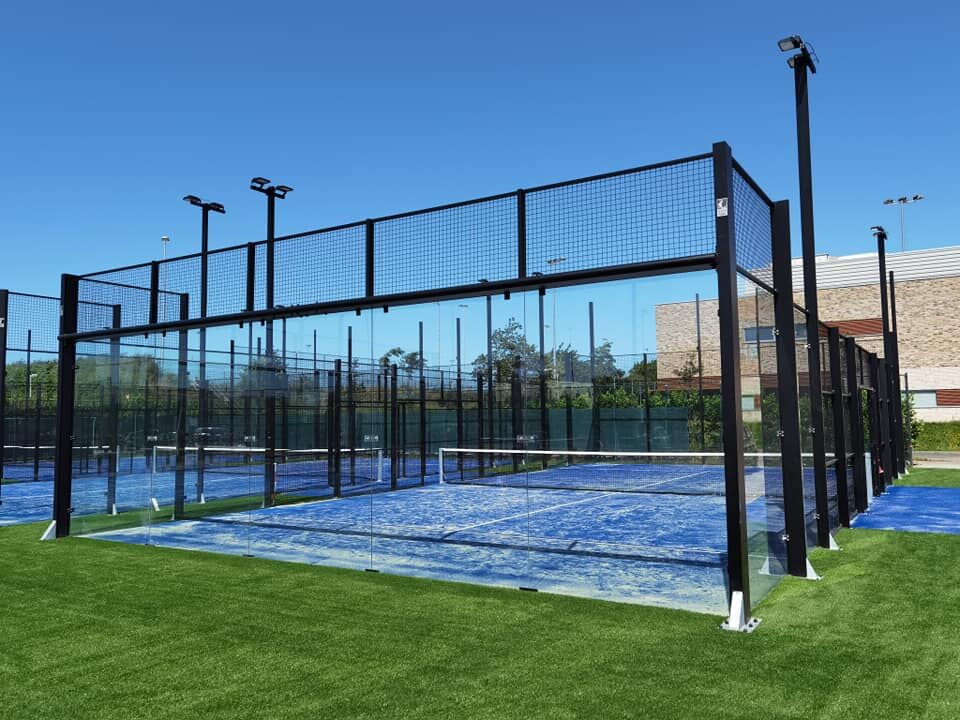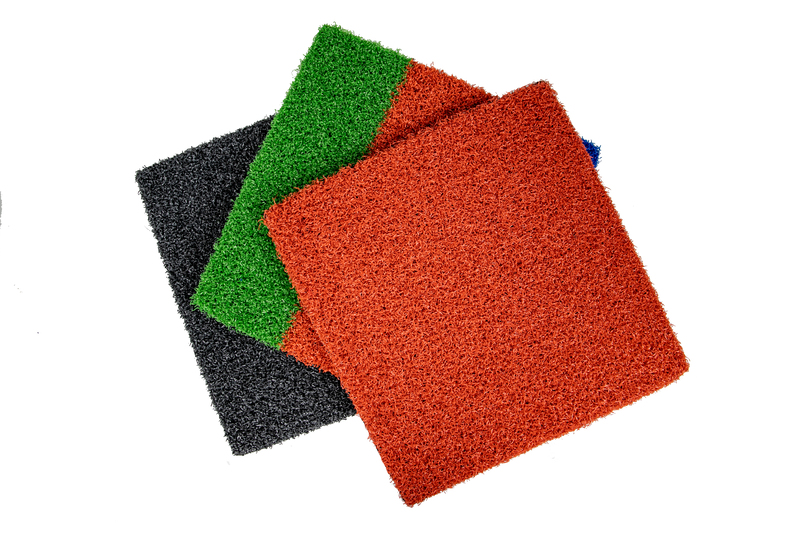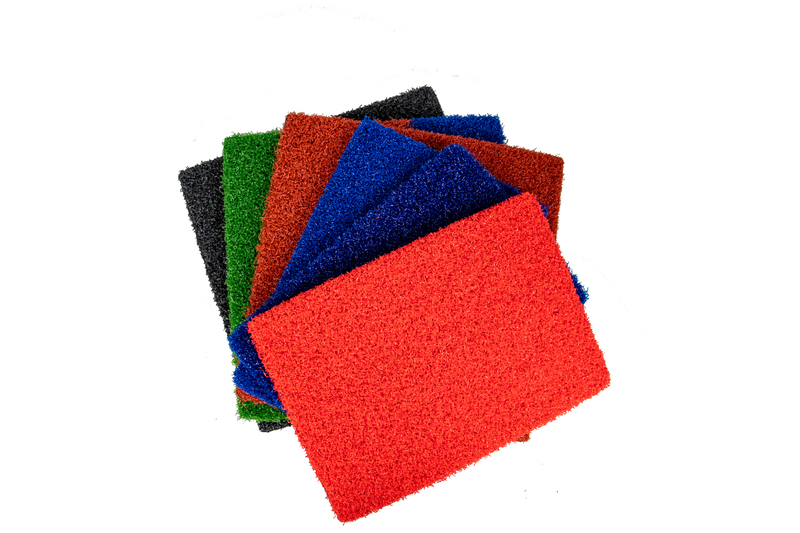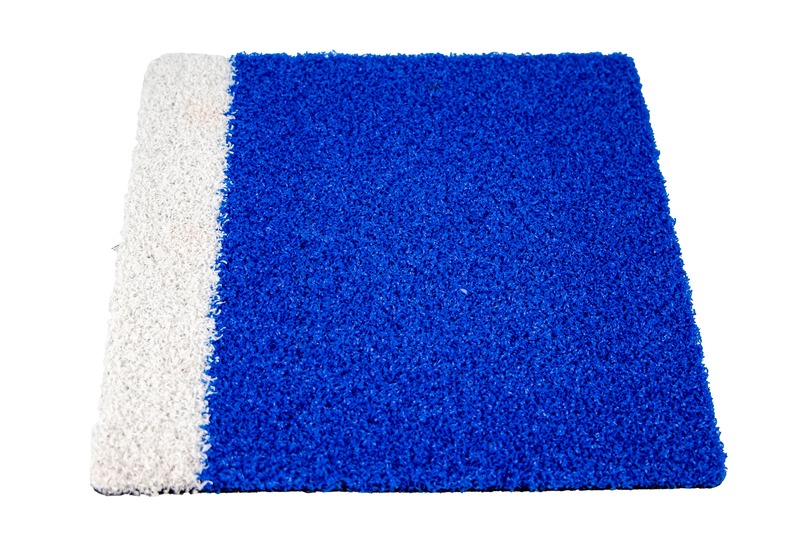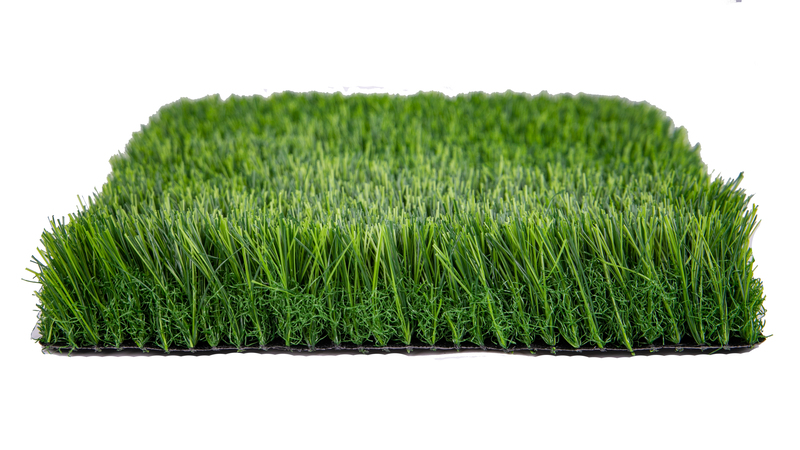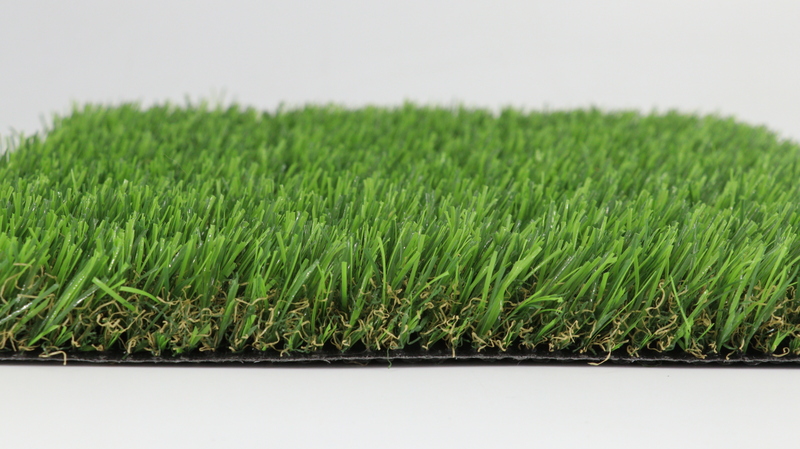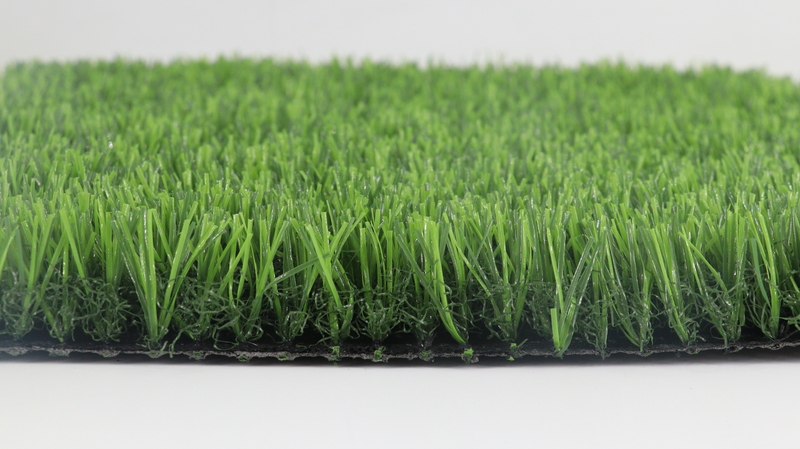Athletic facilities across the globe are evolving. No longer is it sustainable—or wise—to dedicate separate fields to individual sports. Enter multi-purpose artificial turf: a revolutionary solution reshaping the landscape of athletic surfaces. As the demand for flexible, resilient, and aesthetically pleasing fields continues to surge, this advanced surface technology is setting new benchmarks. Today’s artificial turf is a far cry from its early counterparts, incorporating cutting-edge materials and design innovations that serve a multitude of athletic requirements without compromising performance.
The Versatility of Multi-Purpose Artificial Turf
Multi-purpose artificial turf is engineered to adapt. Whether it’s the thunderous tackles of American football, the swift footwork of soccer, or the gliding precision of field hockey, this synthetic surface caters to them all. Its surface texture, infill composition, and fiber density are meticulously calibrated to meet the frictional and ball-behavior needs of various sports.
Furthermore, these turfs accommodate an array of athletic intensities—from youth practice drills to elite-level matches. This versatility eliminates the logistical headache of scheduling conflicts or wear disparities caused by overuse in specific zones. With one well-constructed field, facilities can host tournaments, training sessions, and community events seamlessly.
Durability and Performance Under Pressure
Where natural grass wilts under heavy use, artificial turf thrives. Engineered with UV-resistant polyethylene fibers and reinforced primary backings, today’s multi-purpose turf systems are constructed to endure relentless footfall, cleat abrasion, and environmental elements.
The resilience of the material means it doesn’t rut, dry out, or develop bald patches. Season after season, rain or shine, the surface maintains its integrity and uniformity. Consistent traction, predictable ball roll, and stable footing help preserve the integrity of competitive play. This predictability is crucial for athletes seeking to hone performance without worrying about terrain inconsistencies.
outdoor multipurpose artificial grass
Cost-Efficiency and Long-Term Value
While the initial investment in artificial turf might raise eyebrows, its long-term economic advantages are substantial. Maintenance is minimal—no mowing, seeding, or watering. Groundskeepers are liberated from the endless cycle of fertilizing and re-sodding.
Water bills drop dramatically, and labor costs shrink as upkeep becomes a matter of occasional grooming and debris removal. Over a 10–15 year lifecycle, the savings accrue significantly. More importantly, facilities enjoy uninterrupted field availability, maximizing revenue from event rentals and club use without field rest periods.
Safety and Player Wellness
One of the most profound evolutions in modern turf systems is the prioritization of player safety. Advanced underlay shock pads absorb impact and reduce the risk of concussions and joint strain.
The materials used are often antimicrobial, hypoallergenic, and free of heavy metals or latex—ideal for schools, municipal centers, and professional stadiums alike. Heat-reducing infill options and irrigation-compatible cooling systems also address concerns of surface temperature during peak summer play. In this regard, synthetic turf is not only a utility but also a guardian of athletic well-being.
Customization and Aesthetic Appeal
Artificial turf isn’t just functional—it’s customizable. Field designers can choose from an array of fiber shapes, pile heights, and infill blends to match sport-specific standards.
Color options extend beyond green; school colors, logos, and boundary lines can be permanently inlaid with remarkable precision. This design flexibility transforms a simple playing field into a branded venue, reinforcing identity and professionalism. Moreover, synthetic turf maintains a vibrant, well-groomed appearance year-round, enhancing the visual appeal of sports complexes.
FIFA Certified Sports Turf Supplier in China
Sustainability and Environmental Impact
Sustainability is no longer a trend—it’s a necessity. Multi-purpose artificial turf answers the call with resource-efficient design. Many systems are constructed from recyclable materials and manufactured using environmentally responsible processes.
They help conserve water, reduce emissions from gas-powered mowing equipment, and eliminate the runoff of harmful fertilizers and pesticides. Some advanced models even incorporate organic infill made from cork or coconut fibers, aligning with LEED-certified building practices. For facilities aiming to go green, synthetic turf is a strategic choice that supports ecological stewardship.
Conclusion
Multi-purpose artificial turf offers more than a playing surface—it provides a durable, cost-effective, and environmentally conscious platform for athletic excellence. It meets the dynamic needs of modern sports venues while elevating aesthetics and safety standards. For organizations looking to future-proof their athletic infrastructure, this all-in-one solution is not just practical—it’s visionary.

